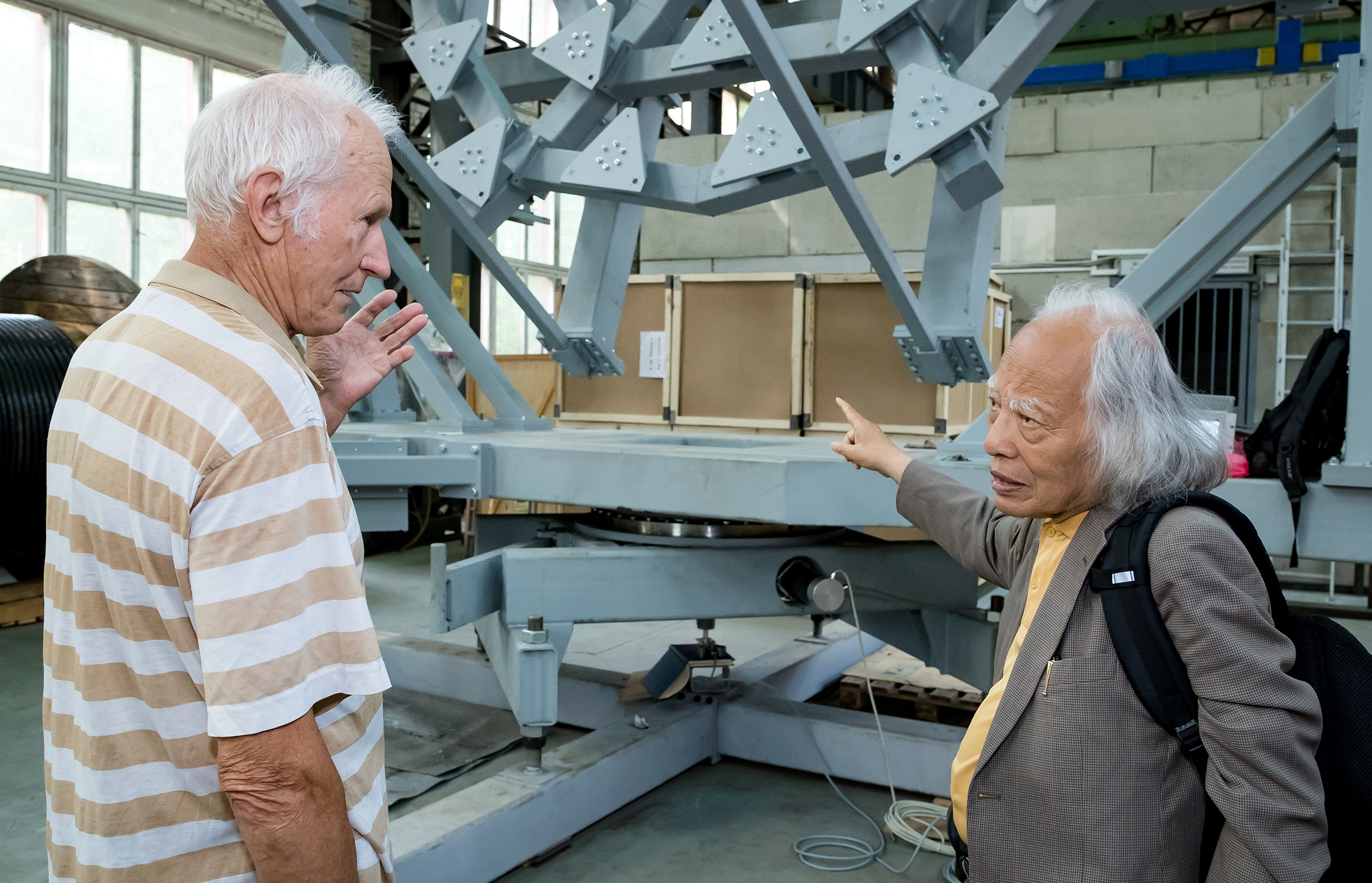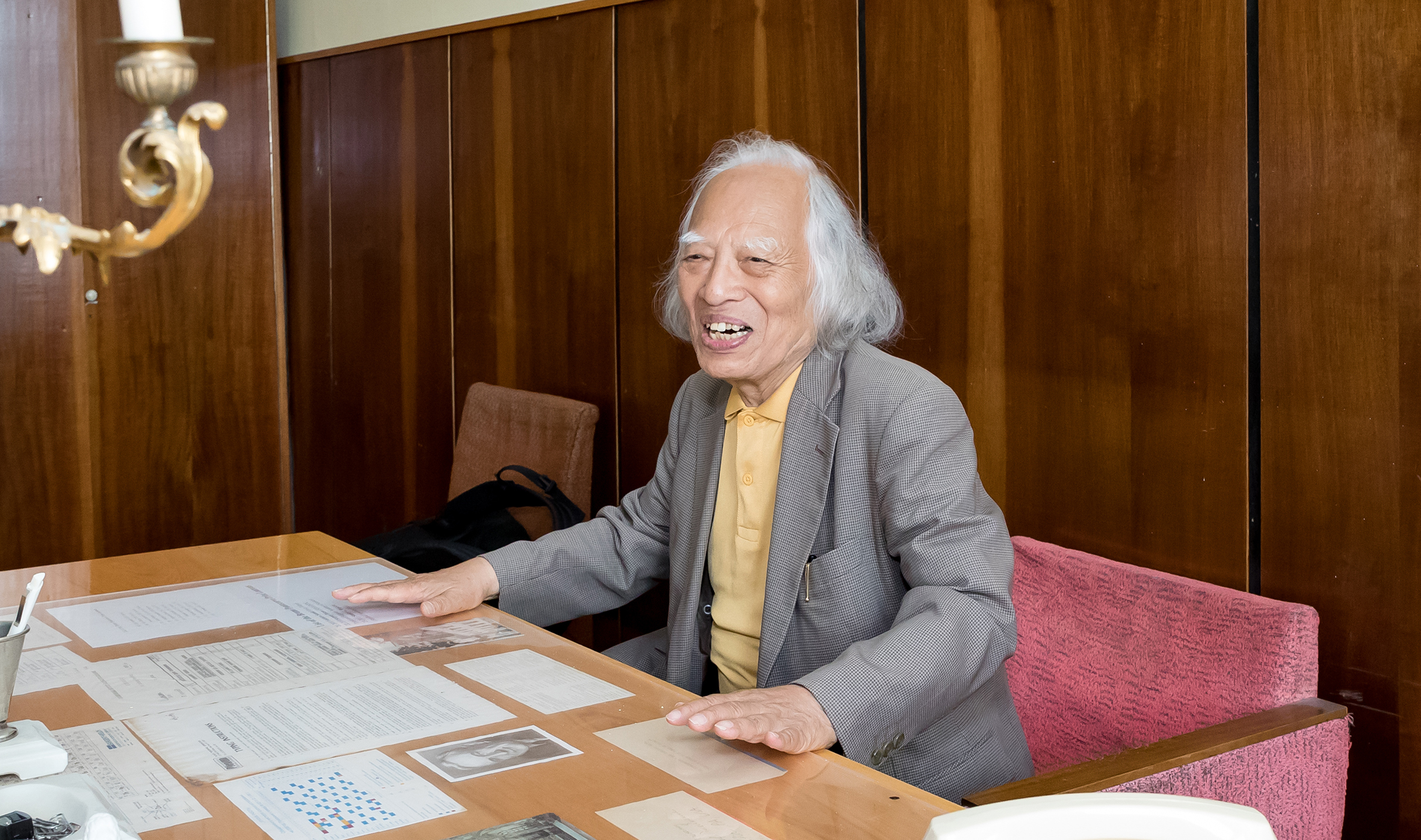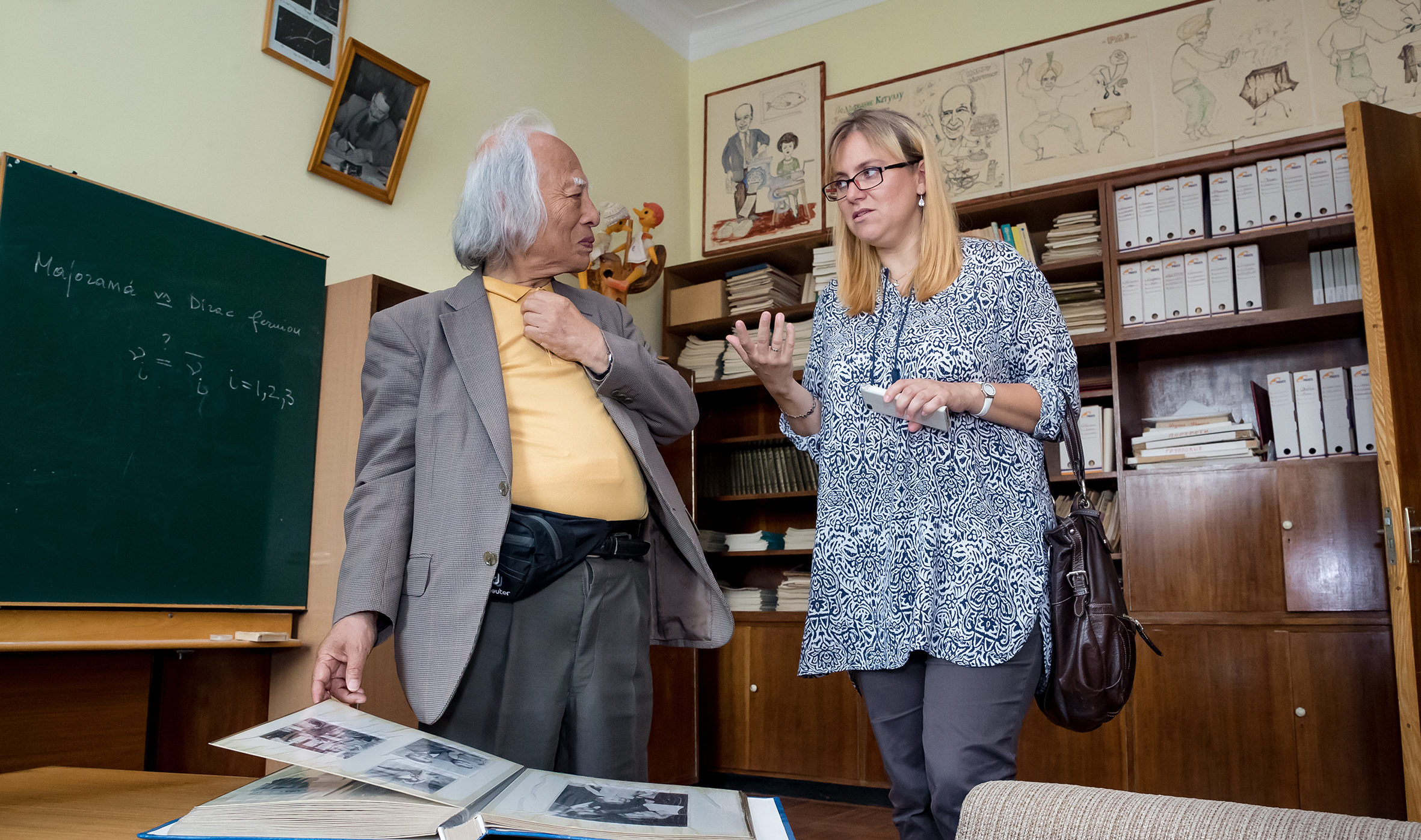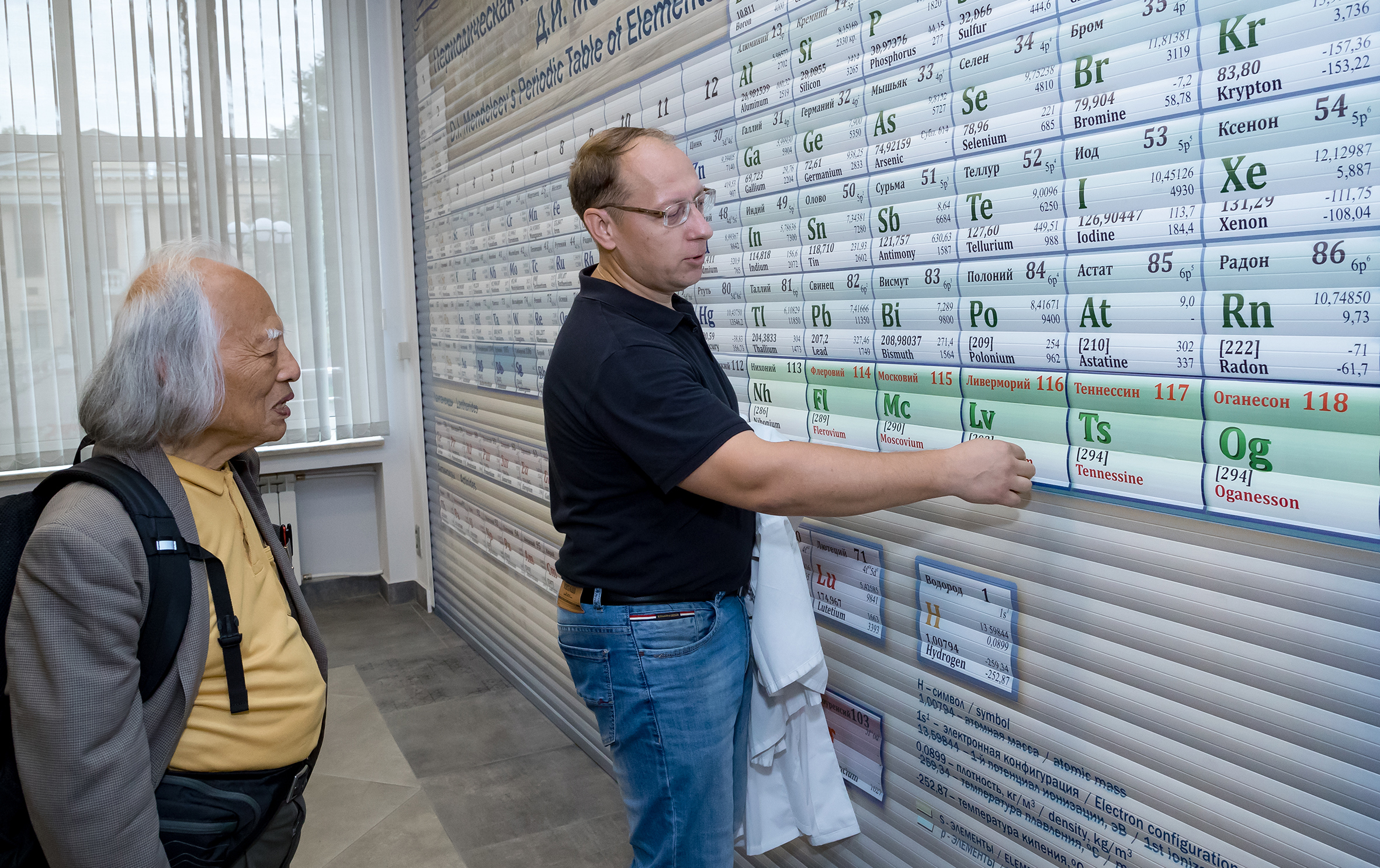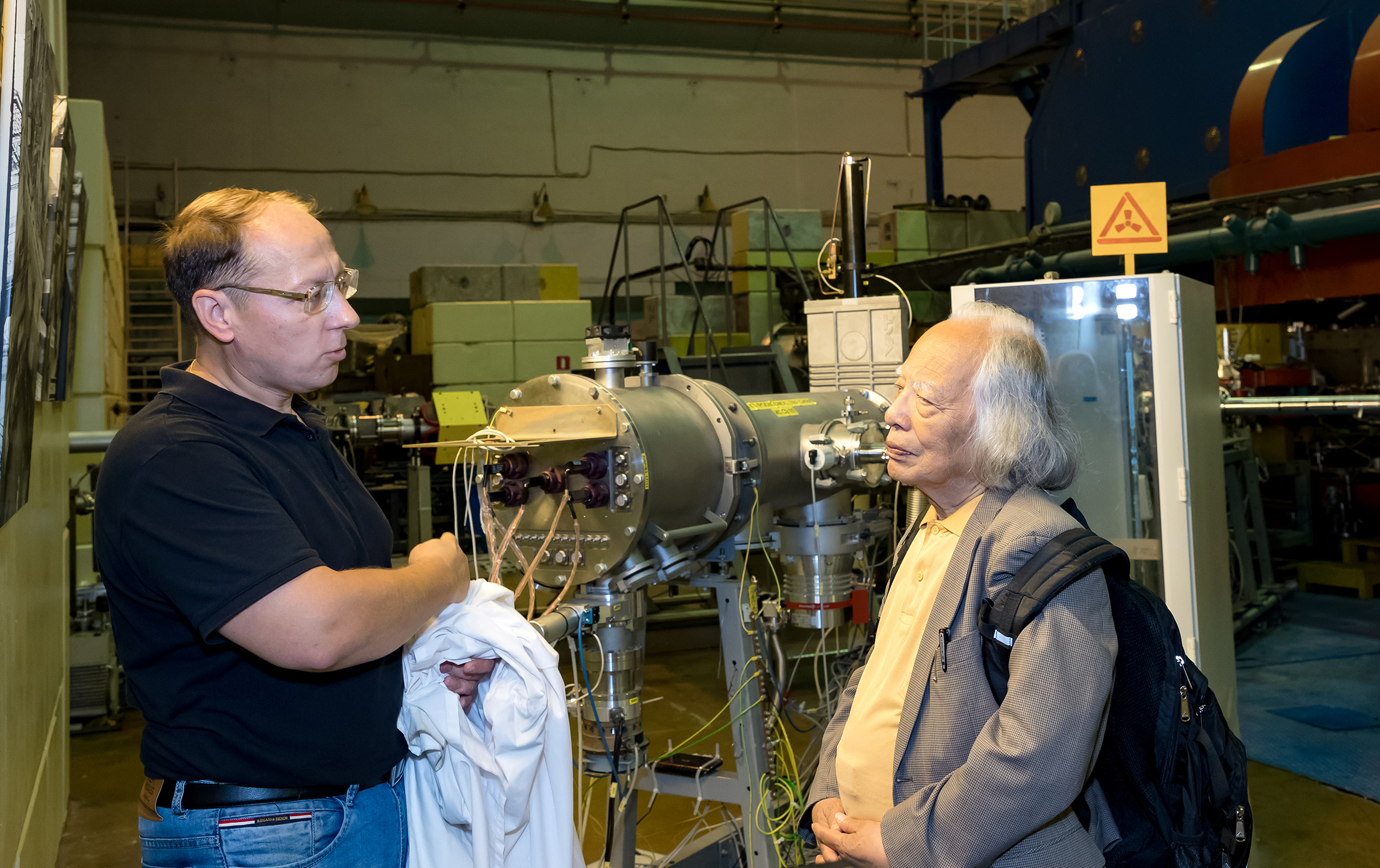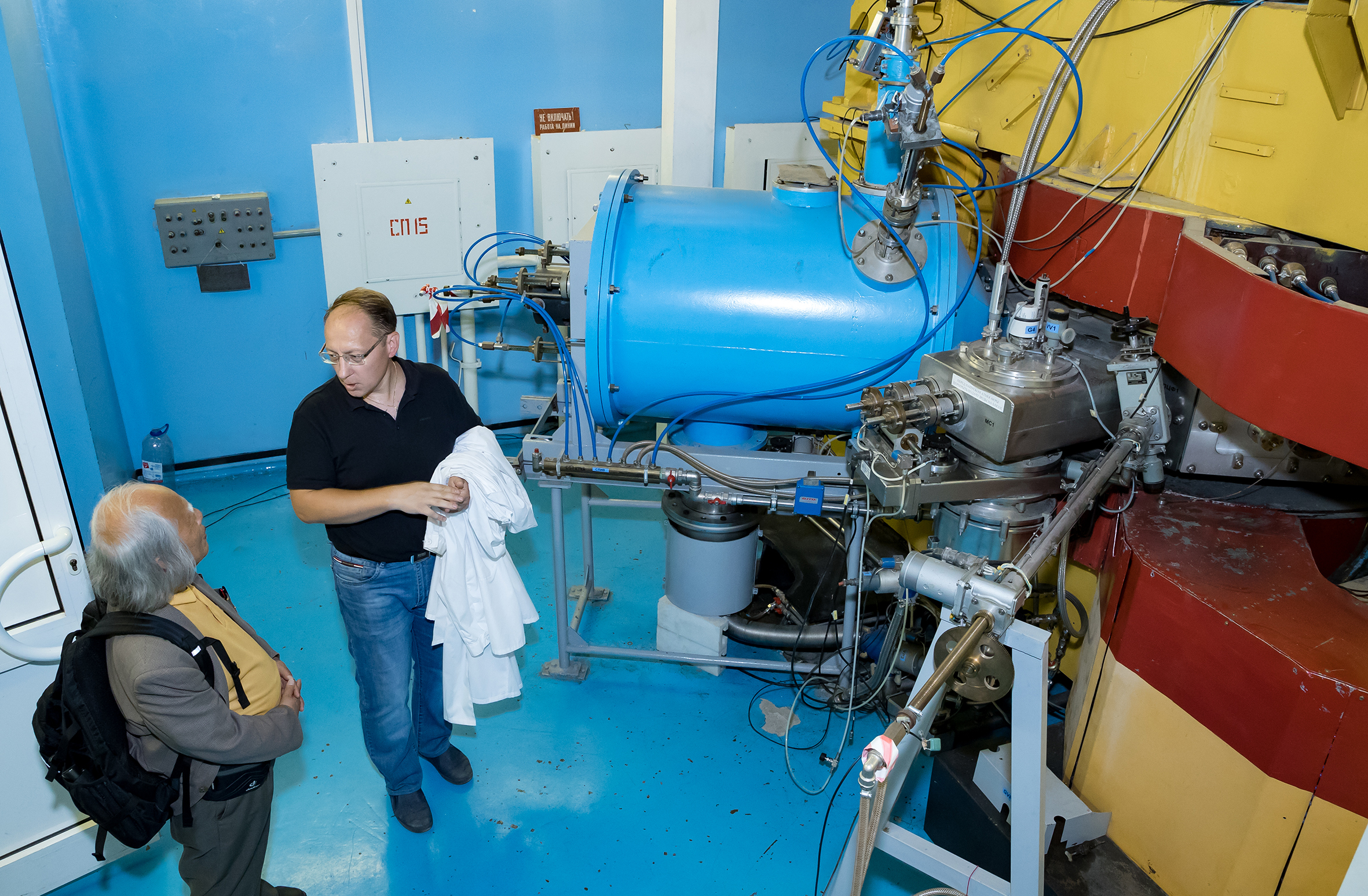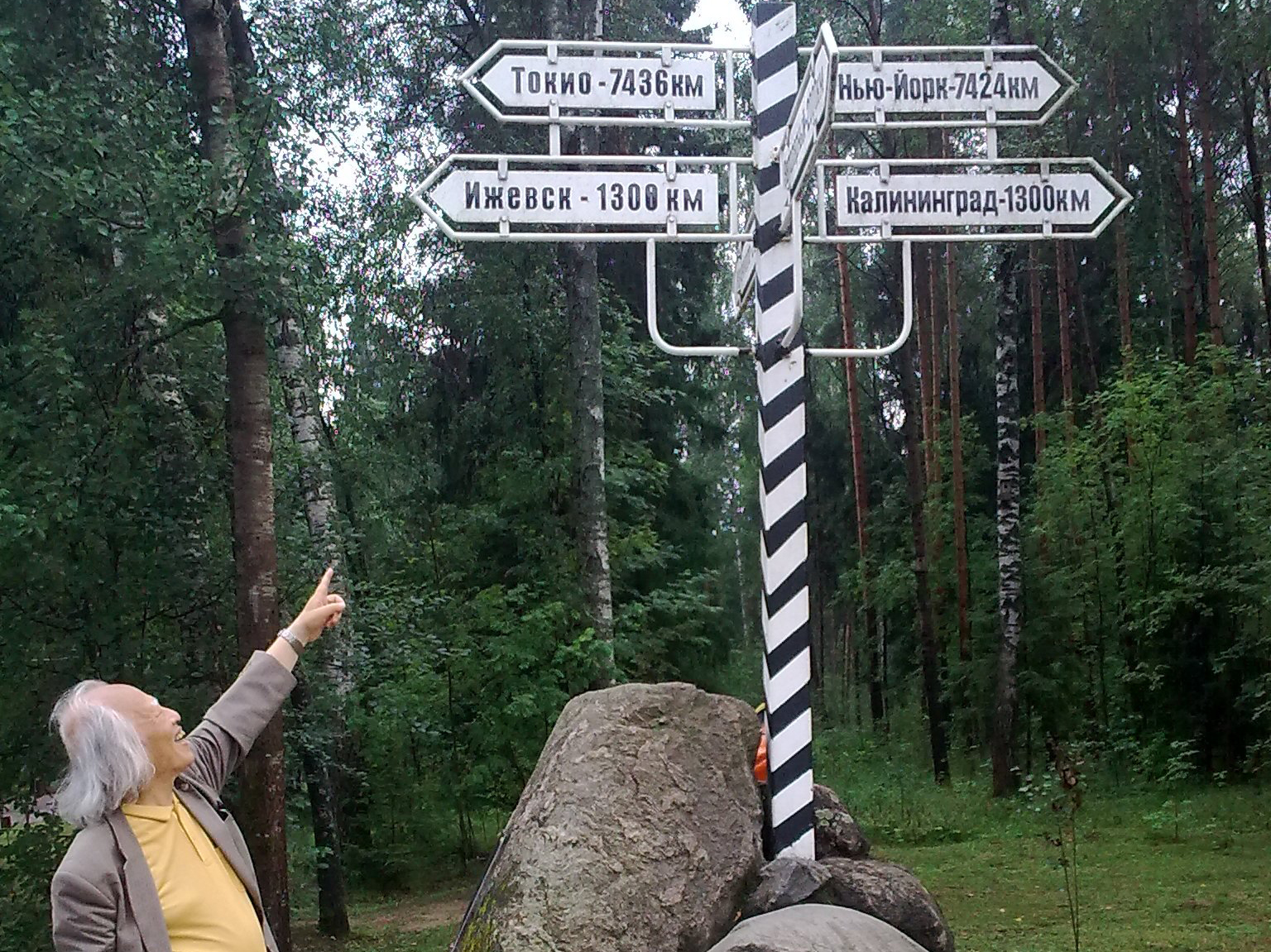Professor Misaki visited JINR
News, 31 July 2018
On 26 – 27 July 2018, a famous scientist Akeo Misaki, Professor of the Saitama University, Japan, Visiting Professor of SINP MSU and the Altai State University, visited the Joint Institute for Nuclear Research for the first time.
During his visit, Professor Misaki got acquainted with JINR starting from the visit to the Dzhelepov Laboratory of Nuclear Problems. He visited the test site of the gamma-ray telescope for the TAIGA experiment in which he is an external expert. He also visited the photo-detector laboratory for the Baikal experiment and the memorial room of B.M. Pontecorvo. Moreover, Professor Misaki visited the Bogoliubov Laboratory of Theoretical Physics and the Laboratory of Information Technologies where the “Govorun” advanced supercomputer was presented to him. Furthermore, a seminar was delivered by Professor Misaki in the Laboratory of Information Technologies. The seminar was devoted to the problem of diversity of LPM showers at extremely high energies, and it evoked a vivid discussion.
The visit to LIT was cocnluded by passing of the signed protocol on holding joint scientific and research activities of the Joint Institute for Nuclear Research and the Saitama University, Japan. The Protocol presupposes establishing theoretical, mathematical and computing base for modelling LMP showers of super high energies, computational investigation of their characteristics and structure in order to solve problems emerging in analysis of results obtained in such experiments as IceCube, Antares, Baikal, and TAIGA.
Background information:
The main fields of scientific interests of professor Misaki is cosmic-ray physics. His most popular scientific papers are devoted to the theory of muon transport in the environment and the theory of so-called air showers in the atmosphere. An air shower is a cascade of a huge number of elementary particles (hundreds of millions and more) produced in a collision of a cosmic particle of super high energy with the Earth’s atmosphere. Registration of such air showers is a direct prove of existence of extragalactic “accelerators” of charged particles of incredible power and efficiency. Detailed study of characteristics of showers allows not only to check theoretical models of astrophysical accelerators, but also to study interactions of elementary particles at energies that can be barely achieved at modern colliders. Professor Misaki was one of the first to realize the importance of the Landau-Pomeranchuk-Migdal effect (LPM effect) for calculation of the air showers’ structure. The LPM effect leads to decrease in the intensity of soft braking radiation in the environment and is connected with the fact that multiple scattering of a relativistic charged particle causes destructive interference of photons emitted at different points of space at atomic nuclei. Scientific papers of Professor Misaki on the LPM effect in air showers became classics in this field of physics. For many years, Professor Misaki has been closely cooperating with physicists from the Moscow, Irkutsk and Altai state universities in the fields of cosmic-ray physics and neutrino astrophysics of super high energies.
At the end of the first day of the visit to JINR, Professor Misaki gave a short interview:
– Dear professor, there was an article about your public activities in the weekly newspaper “Science in Siberia” of July 1999. Would you, please, comment on this field of your activities?
– Initially, I had a sympathy towards the idea of socialism, and I have always been interested in Russia. During the dissolution of the Soviet Union and shift to a new Russia, your country was in a rather complicated situation. Japanese scientists engaged in particle physics have always had interest to Russian fundamental science. Professor Fusimi expressed the idea that Japan should support Russian science for preserving its scientific achievements. Being President of the Institute of Plasma Physics of the Nagoya University in 1961-1973, Professor Fusimi had close scientific contacts with Kurchatov Institute. In 1978-1982, he was President of the Scientific Council of Japan and one of two foreign members of the Russian Academy of Sciences. Professor Fusimi was a friend of mine, and he fascinated me with his ideas about Russia, which formed a fertile ground, as I sought to cooperate with Russian scientists. I am a member of the Russian-Japanese Forum the object of which is to strengthen and develop cooperation of our countries beyond politics. The second RAS foreign member was Professor Nishizawa who was President of the Association engaged in establishing friendly cooperation with Russia. Professor Nishizawa actively cooperated with the Siberian branch of RAS in Novosibirsk. Being Secretary General of this organization, I visited Novosibirsk with a delegation from the Association where I gave that interview. So, this is my history of cooperation with Russia.
– Please, tell us how your relations with Russia and JINR have started and developed?
– My main vocation is astrophysics. I have been engaged in this field for about 30 years, I cooperate with the Moscow State University, the Irkutsk State University and the Altai State University. This year, the Altai University held the 26th European Cosmic Ray Symposium in Barnaul, I was offered to organize a workshop dedicated to the LPM effect and its application in study of cosmic rays at super high energies. Shortly before, my attention was drawn to publications of a JINR staff group (O. Voskresenskaya et al.) dedicated to this topic. These publications are extremely important for research carried out by the Saitama University. That is why I was glad to invite the authors to participate in the workshop organized by me, and I accepted a return offer to visit JINR for discussion of joint work and signing of the protocol on cooperation between JINR and the Saitama University.
– It is the first time you are in Dubna and you have already got acquainted with several JINR laboratories. What is your impression?
– I am very impressed by JINR activities, and I see such an institute for the first time. Not everything I saw was related to my specialization, but comparing it with the situation in Japanese science, I would like to note that Russia has a strategic approach to the way its science should be developed. A part of research fields is supported in Russia from the Federal budget with grants. Unfortunately, the Japanese Government does not so appreciates importance of fundamental science. The interest lies mainly in practical application of scientific achievements that can bring profit in the nearest future. I am very impressed by your high respect for science.
– How do you see development of cooperation with JINR?
– Our cooperation with Russian scientists was not officially supported, there were only personal contacts. Nowadays, I intend to build and develop our scientific cooperation within the Protocol between the University of Saitama and JINR in the fields of neutrino astrophysics at super high energies. There are three main experiments in the field of neutrino physics at super high energies: IceCube in the USA, the European Antares and the Baikal experiment in Russia. However, in my opinion, energies in these experiments are rather similar and do not provide measurements of required accuracy. I shared this point of view at the conference in Barnaul. I think that we should carry out computer modelling of the experiment for this task. The results of work of your staff members (the refined theory of the LPM-effect – ed. note) are very important for implementation of our research, and I am very happy about our future joint work.
– For about 20 years, JINR has been holding the International School on Elementary Particle Physics and Astrophysics on the bank of Baikal Lake. What do you think about the opportunity to deliver a lecture at this school?
– Yes, why not? May be next year. I know about this International Summer School, my friends from the Irkutsk State University took part in its organization, I also know well Dmitry Naumov, Deputy Director of the Dzhelepov Laboratory of Nuclear Problems, one of the organizers of the School, and his father Vadim Naumov (BLTP JINR), whom I know since his work in Irkutsk.
Read the article by Leonid Tkachev dedicated to the 26th European Cosmic Ray Symposium in the next printed issue of the JINR Weekly Newspaper
K.P. Moisenz
Background information by V.A. Naumov
Translated by E.A. Bazanova
Photos by E.V. Puzynina and O.O. Voskresenskaya

